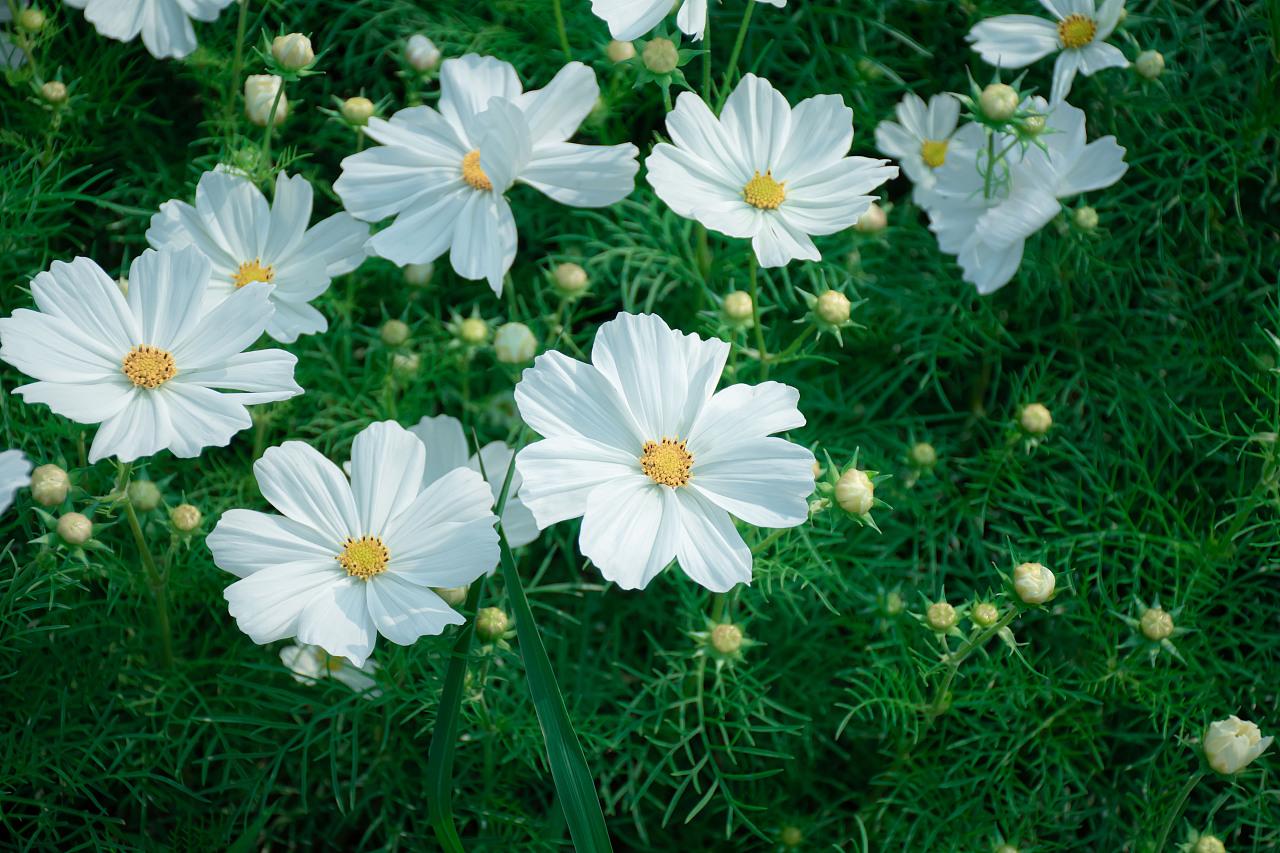The Annonaceae family has an interesting story in the world of plants. With over 2400 species, it is known for its diverse and fascinating characteristics. One interesting tale is about the fruits produced by some species in this family.
Many Annonaceae fruits are known for their unique shapes and flavors. For example, the custard apple, a popular tropical fruit, belongs to this family. Its sweet, creamy flesh and peculiar appearance make it a delight to indulge in.
Another interesting fruit is the pawpaw, found in North America. It is the largest edible fruit native to this continent and has a custard-like texture and a tropical taste. Its discovery and significance in Native American culture add to its intrigue.
Overall, the Annonaceae family’s story revolves around its remarkable fruits, capturing the imagination of nature enthusiasts and food lovers alike.
Plant some seeds now!
Short Description
The Annonaceae are a family of flowering plants consisting of trees, shrubs, or rarely lianas commonly known as the custard apple family or soursop family. With 108 accepted genera and about 2400 known species, it is the largest family in the Magnoliales. Several genera produce edible fruit, most notably Annona, Anonidium, Asimina, Rollinia, and Uvaria. Its type genus is Annona. The family is concentrated in the tropics, with few species found in temperate regions. About 900 species are Neotropical, 450 are Afrotropical, and the remaining are Indomalayan.
Description
Annona muricata
The species are mostly tropical, some are mid-latitude, deciduous or evergreen trees and shrubs, with some lianas, with aromatic bark, leaves, and flowers.
Stems, stalks and leaves
Bark is fibrous and aromatic. Pith septate (fine tangential bands divided by partitions) to diaphragmed (divided by thin partitions with openings in them). Branching distichous (arranged in two rows/on one plane) or spiral. Leaves are alternate, two-ranked, simple, pinnately veined, and have leaf stalks. Stipules absent.



